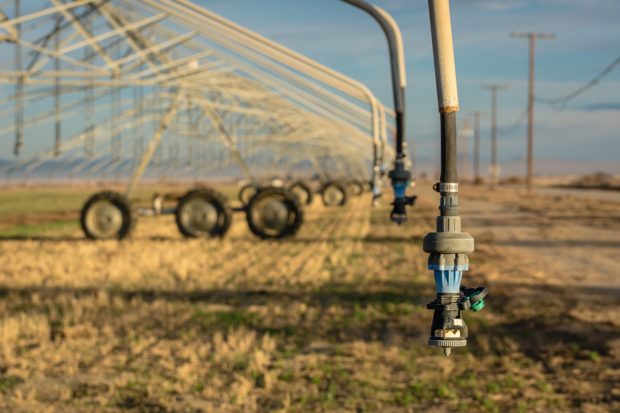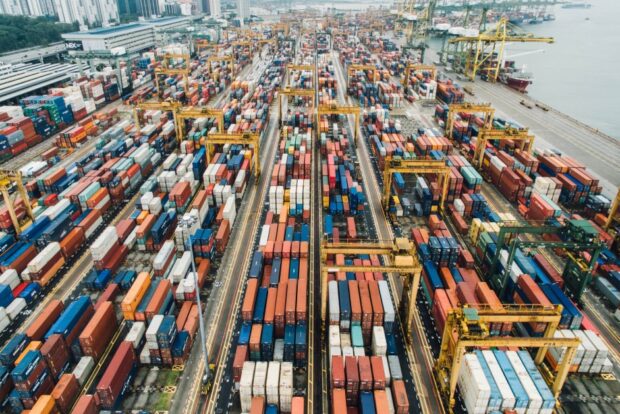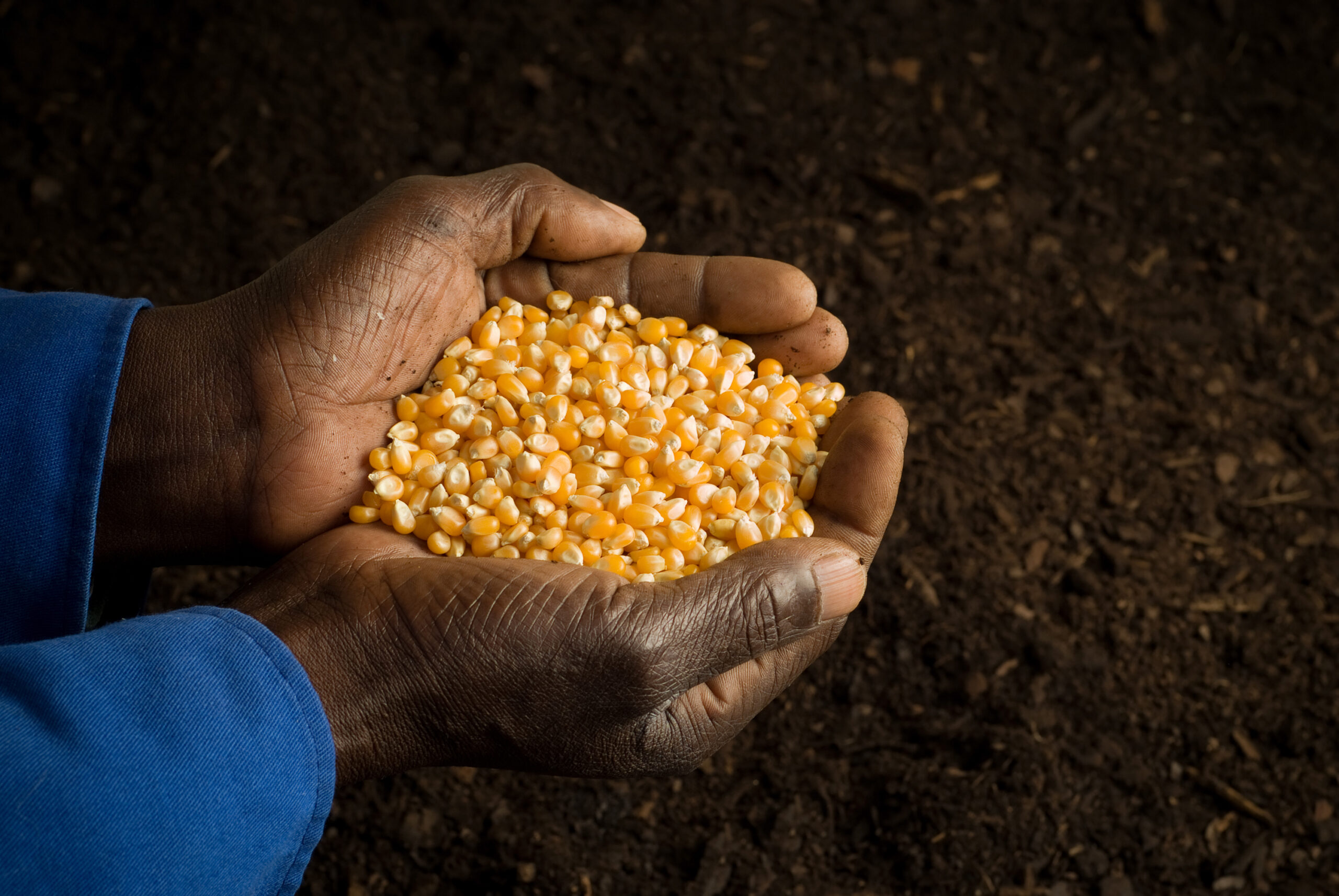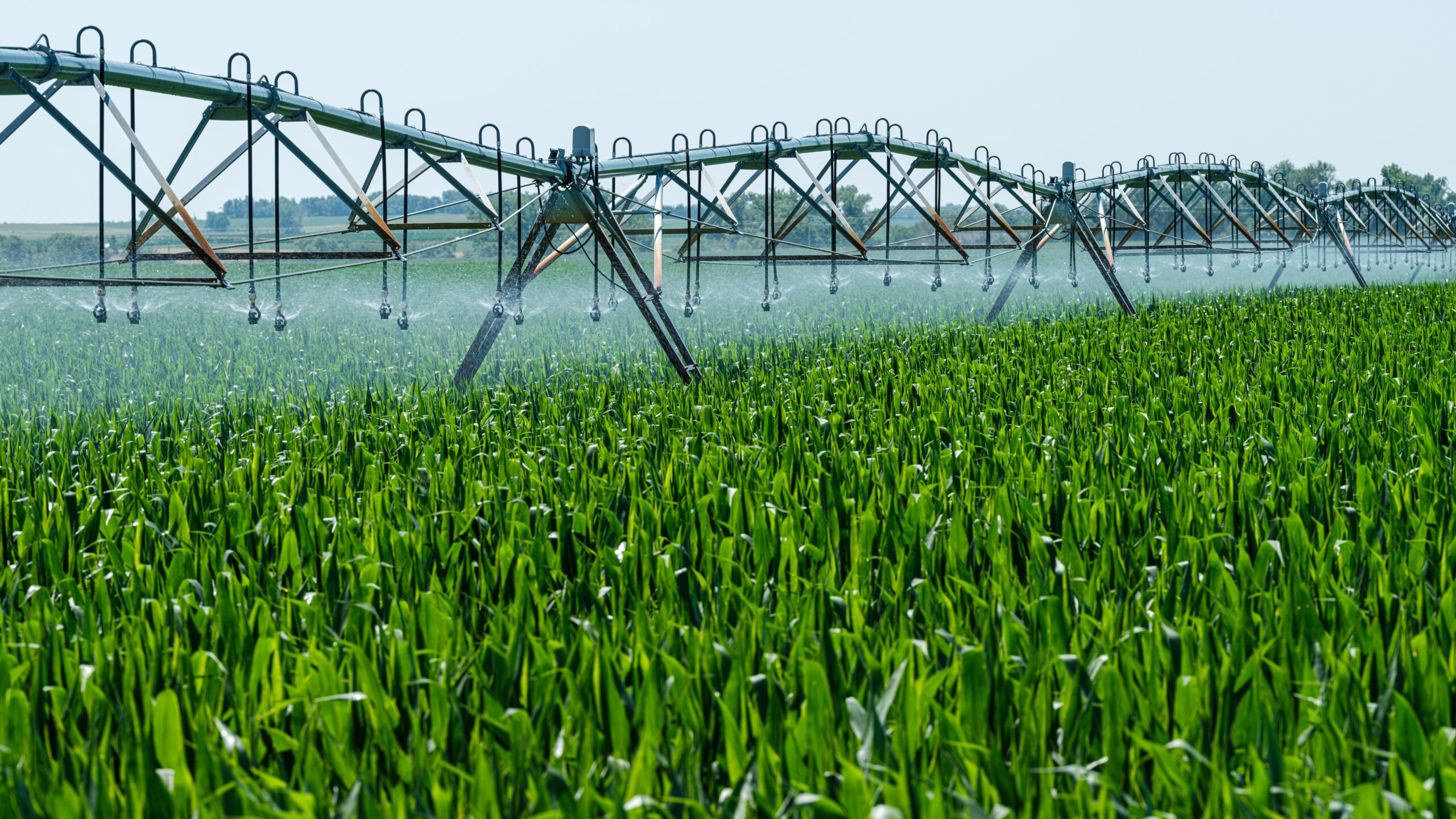6 reasons why food prices are rising in South Africa
Food prices in South Africa continue to rise. The Household Affordability Index for September 2022 found that the average cost of the Household Food Basket was R4,805.86. The basket represents the typical foods that low-income households buy each month, in roughly the kind of quantities they buy, so it is a useful indicator of how prices are affecting ordinary people in South Africa.
The cost of September’s basket is a small rise compared to August 2022: R30.28, or 0.6 per cent. But, compared to September 2021, it is a rise of R586.39, or 13.9 per cent. And, food price inflation looks set to continue. But, what are the reasons behind rising food prices here?
1. Food prices and general inflation
Food price inflation comes within the context of overall inflation. In July 2022, annual consumer inflation in South Africa reached a 13-year high. The consumer price index rose by 1.5 per cent between June and July 2022, making an unusually high monthly increase.
Food prices are affected by overall price inflation, but they are also an inflation driver in their own right. The International Monetary Fund (IMF) says that food is one of the main drivers of inflation this year. “Food inflation alone has eroded global living standards at the same rate as inflation of all consumption did in the five years immediately before the pandemic”, according to the IMF.
Energy is the second key driver of inflation. The energy price spike seen in 2022 differs from previous energy shocks because all fuel prices have increased drastically. This soaring price of fossil fuels, partly caused by the Russia-Ukraine conflict, is pushing up the cost of everything – including the food in your shopping basket.
2. Load shedding and food price inflation

People in South Africa are all too familiar with load shedding. But, along with the disruption to our daily lives and the economic cost, load shedding is having a serious impact on the country’s food security. Farmers need electricity for many things, from operating milking machines to heating and cooling hen houses. A September 2022 report found that fruit and vegetable crops were being ruined because the temperature controls in greenhouses and warehouses rely on electricity.
Winemaking also relies on electricity to cool the grape juice down in the middle of fermentation. When winemakers miss this step because of electricity shortages, it drastically downgrades the quality of the wine and they lose money.
Refrigeration issues are also a serious problem for South Africa’s meat industry. For safety and quality, the meat industry must maintain a ‘cold chain’ from abbatoir to retailer. If load shedding means that refrigeration is compromised at some point in the cold chain, this is likely to support the growth of pathogens and bacteria, making the meat a risk to human health.
But, the biggest agricultural issue around load shedding relates to water. Farmers need to pump water to irrigate crops and supply livestock with enough to drink. When load shedding disrupts irrigation systems, restoring them takes up to an hour and incurs extra labour costs.
3. Food export bans

Food supply problems and rising prices are not just a problem for South Africa. In March 2022, wheat prices hit a 14-year high due to Russia’s invasion of Ukraine. Russia and Ukraine between them account for nearly 30 per cent of global wheat exports.
Some countries have responded by imposing their own food export bans. But, according to the World Bank, this strategy makes the situation worse. “These actions are self-defeating because they reduce global supply, driving food prices even higher. Other countries respond by imposing restrictions of their own, fueling an escalating cycle of trade actions that have a multiplier effect on prices.”
Research on the 2008 financial crisis backs up this argument. It suggests that unilateral food export bans tend to make situations worse. When exporters respond to a price shock by reducing exports, this has a multiplier effect on the initial shock. This could then lead to further price rises and further trade policy changes in response.
Various African countries currently have food export bans, making trade across the continent harder. In Ghana, a government directive banning grain exports means that farmers cannot take advantage of rising global prices for their crops. In Uganda, the government has opted for high export tariffs rather than an outright food export ban, but the consequences are similar. The barriers in the way of food production businesses make it harder for them to keep going. And much less food reaches other countries, including South Africa.
4. The global cooking oil shortage

The Russia-Ukraine conflict has contributed to a worldwide shortage of cooking oil, but there are also many other reasons for this. Droughts across South America in late 2021 and early 2022 affected the production of soya beans. This is very serious because Brazil, Argentina and Paraguay between them account for over half the world’s soya bean supply.
Severe drought has also affected the availability of canola, a seed that produces another cooking oil. Drought meant a much smaller 2021 harvest than usual for Canada, the world’s biggest canola exporter. The 2022 harvest was an improvement on that, but it was still the second-smallest harvest in seven years. After record dry spells, some Canadian farmers are moving away from canola to crops that are less sensitive to dry conditions. In 2022, farmers in Canada planted 4.7 per cent fewer acres of canola than in 2021.
Sunflower oil supplies are also significantly down because Ukraine and Russia had previously produced about three-quarters of the world’s sunflower oil. The Indonesian government responded to global shortages of cooking oil with an export ban on palm oil in April 2022. While it was short-lived, it exacerbated the overall situation.
South Africa is experiencing an upward trend in the production of both soya beans and sunflower seeds. Production levels could reach a historic high in the financial year 2022-23. However, the country is still currently a net importer of cooking oil. This means that the prices on the supermarket shelf will still be linked to global pricing. So, while international prices remain high, we will pay more for our cooking oil.
5. Climate change and food prices

One of the biggest causes of rising food prices – in South Africa and globally – is climate change. Climate change affects agriculture and food prices in various ways. We have just seen that drought affects soya bean and canola oil production because drier soil conditions reduce crop growth. Dry conditions also mean less pasture for livestock, affecting meat and dairy production.
The changes in temperature and other conditions caused by climate change make it harder for crops to thrive because they are not experiencing the conditions they have adapted for. Changes in rainfall patterns, heatwaves and droughts all disrupt the growing cycle. This means poorer crop health and lower productivity. Higher temperatures tend to speed up the growing cycle, but this is usually not a good thing. This is because a plant that grows too fast will have a lower yield than one which takes enough time to develop.
Climate change is also a powerful driver of pests and diseases. Scientists predict that in a warming world, agricultural pests will have a bigger geographic range, survive better over winter and transmit more diseases. The true societal cost of invasive insects is often underestimated. In December 2021, Nigeria’s agricultural minister reported that Nigeria lost 50 per cent of its produce to pests and diseases. The impact of these losses on food prices is clear.
6. Fertiliser and food inflation
In July 2022, international bodies, including the World Trade Organization and the World Bank Group, issued a joint statement calling for action on the “global food security crisis”. One of the reasons they gave for food supply problems was the doubling of fertiliser prices over the previous twelve months.
Natural gas is used as a raw material for nitrogen fertiliser, as well as providing fuel for the process. Coal is another common feedstock for fertilisers. So, when fossil fuel prices rise, the price of fertiliser rises too. The problem has been made worse by China’s September 2021 ban on phosphate fertiliser exports. The ban was due to expire in June 2022, but instead, China extended it until the end of the year. Russia has also been limiting its fertiliser exports, out of fears that it will experience a domestic shortage.
Rising fertiliser prices have seriously affected food production in Africa. An August 2022 survey by the agritech company Farmerline found that over half the farmers questioned had not used any fertiliser at all in 2022. Only a tenth had carried out a full application of fertiliser. In Kenya, this has already caused a shortage of maize. The unaffordability of fertiliser could decrease crop production by up to six per cent. And the problem is repeated in many African countries. Hence, Farmerline has launched its “Support a Farmer” campaign in Ghana. This reduced agricultural output caused by fertiliser shortages is a key contributor to food inflation.
Connected causes of rising food prices

The causes of rising food prices in South Africa are interconnected. Rising prices for fossil fuel energy sources make fertiliser unaffordable while also contributing to general inflation. The Russia-Ukraine conflict has had extensive consequences, from fuel price spikes to a shortage of key crops. Many countries have then responded to this with counterproductive food export bans.
Underlying causes of high food inflation
One key underlying cause is our over-reliance on fossil fuels. South Africa’s old network of coal-fired power stations is the cause of the load-shedding problem. Reliance on natural gas to make fertiliser makes the agricultural sector vulnerable to price spikes in this area. And, most serious of all, our consumption of these fuels is causing climate change. A transition towards cleaner energy will not solve all of South Africa’s problems, but it will be a significant step towards improved food security and lower food prices.
Related Articles
Climate change, hunger and South Africa’s future
A new climate change impact synthesis report highlights the effects of climate change on South Africa and its impact on people’s lives.
Advancing agriculture through green energy
If it were not for the ingenuity of South African farmers who make alternative green energy plans, the entire agricultural sector would be under much more pressure.




